Introduction
Did you know that the lush greenery adorning your home could hide perilous dangers to your adorable feline companions? While indoor plants enhance the aesthetic appeal of any living space and contribute to a healthier environment, they can also pose a significant risk to the curious cats who share our homes. Understanding which plants are harmful and how they affect cats is paramount for any conscientious pet owner. In this article, we at Plantology aim to shed light on this pressing issue, providing invaluable insights into safeguarding your furry friends without sacrificing the beauty and benefits of indoor plants.
Understanding the Risk: How Plants Can Harm Cats

Toxicity in Plants
Plants have evolved over millennia, equipped with various defense mechanisms, one of which is chemical toxicity. For plants, these chemicals deter herbivores from consumption, ensuring their survival. However, when these same plants find their way into our homes, the chemicals can inadvertently pose a threat to pets, especially inquisitive cats inclined to nibble on leaves and stems.
Common Toxic Compounds
Cats are particularly sensitive to certain compounds found in plants. These include alkaloids, glycosides, saponins, and proteins like ricin and oxalates. Even small amounts can lead to symptoms ranging from mild irritation to severe systemic illness.
Symptoms of Plant Poisoning in Cats
Indicators that your cat may be suffering from plant poisoning include drooling, vomiting, diarrhea, lethargy, and difficulty breathing. In severe cases, exposure can lead to organ failure and even death. Immediate veterinary attention can mitigate these risks, making awareness crucial for any pet owner.
Common Household Plants Toxic to Cats

Lilies
Lilies are particularly dangerous as they contain compounds highly toxic to cats. Varieties such as peace lilies, calla lilies, and true lilies like tiger or Easter lilies, can cause kidney failure even from minimal exposure.
Sago Palm
The sago palm contains cycasin, a potent toxin that can cause liver failure in cats. All parts of the plant are toxic, with seeds being the most hazardous.
Philodendron
A favorite in many homes, philodendrons contain calcium oxalate crystals, which can cause intense oral irritation, drooling, and digestive upset in cats.
Pothos
Also known as Devil’s Ivy, pothos contains insoluble calcium oxalates that can create similar symptoms to philodendron ingestion.
Dieffenbachia
Commonly referred to as dumb cane, dieffenbachia contains proteolytic enzymes and oxalates, leading to oral irritation and inflammation upon ingestion.

Alternative Safe Plants for Cat Owners
Being a cat owner doesn’t mean you have to forgo the pleasure of houseplants entirely. Numerous safe options allow you to enjoy greenery without the worry of harming your pet.
Spider Plant
Well-loved for its air-purifying abilities, the spider plant is non-toxic to cats and also brings a playful charm with its cascading leaves.
Boston Fern
This lush plant is safe for cats and can add a touch of the tropics to any room. It requires a humid environment to thrive, making bathrooms an excellent choice for placement.
Bamboo Palm
An elegant addition to any home, the bamboo palm (Chamaedorea) is completely non-toxic and thrives in a variety of conditions.
Introducing Non-Toxic Plant Varieties
At Plantology, we understand the love for both plants and pets. Hence, we offer a variety of safe and stylish options for your home. Browse our selection of safe plants at Plantology for a pet-friendly environment.
Creating a Cat-Friendly Indoor Space

Placement and Accessibility
While selecting non-toxic plants is crucial, their placement in your house can further minimize any risks. Place your plants in positions that are less accessible to your cats, using plant stands or hanging plant holders.
Using Deterrents
Consider using pet-safe deterrents to keep curious paws at bay. Sprays or strategically placed aluminum foil can discourage cats from approaching your plant collection.
Providing Enrichment
Cats explore and nibble on plants out of curiosity or boredom. Ensuring they have plenty of toys or climbing options can significantly reduce their interest in your potted greenery.
Adoption of Cat Grass
Cats have a natural tendency to munch on greens. Introducing cat grass can provide them with a safe substitute, allowing them to indulge their cravings without harm.
Ensuring Pet Safety While Enjoying Plant Decor

Regular Monitoring
Even with preventative measures, it's crucial to observe your cat's health actively and ensure no accidental nibbling occurs. Checking for unexplained symptoms or incidents of plant damage can provide early warning signs.
Educational Resources
Staying informed and sharing knowledge about plant toxicity can create a safer environment for both your pets and those of your friends and family. Plantology offers regular blogs and newsletters to keep you updated on the latest findings and safe practices.
Consulting with Experts
For those uncertain about the plant varieties they currently house, seeking guidance from a veterinarian or plant expert can provide peace of mind. Many local gardening centers and pet care stores offer specific advice tailored to your home situation.
Discover More at Plantology
If you're ready to transform your home into a pet-safe haven brimming with healthy greenery, visit our online store. Explore carefully curated pet-friendly selections guaranteed to delight both you and your furry companions. Discover our single Adonidia Palm, a stylish addition to any setting. Browse more options by visiting Plantology.

Conclusion
While indoor plants bring a host of benefits to our living spaces, as cat owners, staying informed about the potential risks is part of responsible pet ownership. Through careful selection and placement, it’s possible to create a harmonious home environment where both plants and pets can thrive. At Plantology, we support green living by providing the knowledge and products you need to keep your home vibrant and your furry friends safe.
Exploring Further: Understanding the Full Spectrum of Plant Risks
The Role of Curiosity in Cats
Cats naturally possess a sense of curiosity that often leads them to investigate unfamiliar objects in their environment. This characteristic, although endearing, can also be perilous when it comes to household items like plants. The texture, color, and movement of plants can mimic prey or toy-like objects, further enticing cats to interact with them. It's important for cat owners to understand that nibbling or batting plants is an instinctive behavior for many felines.
The Importance of Identifying and Labeling Plants
As plant enthusiasts, it's common to forget the names of less conspicuous plants, particularly if they were received as gifts or purchased without labels. However, knowing the specific name and variety of each plant in your home can significantly aid in ensuring your cat's safety. Regularly researching and confirming which plants are considered non-toxic versus toxic empowers homeowners to make informed decisions and replacements where necessary. Keeping a detailed list, complete with notes and care instructions, can be an invaluable resource if an emergency arises.

Understanding Toxicity Levels
Plant toxicity exists on a spectrum, from mildly irritating to potentially lethal when ingested. Understanding these levels and how they impact cats can guide safe plant inclusion. Some plants only cause mild gastrointestinal upset, while others can lead to severe organ damage or neurological symptoms. Consulting resources like the ASPCA's toxic plants database or university extension programs can provide authoritative guidance on identifying potential threats.
More Common Toxic Plants to Avoid
Aloe Vera
Aloe Vera, widely celebrated for its medicinal properties for humans, contains saponins and anthraquinones which are harmful to cats. If ingested, these compounds can cause vomiting, diarrhea, and changes in urine color. Despite its widespread use in skin products, it’s important to keep Aloe Vera out of cats’ reach.
Ivy (Hedera Helix)
All varieties of Ivy contain saponins, which can lead to excessive drooling, vomiting, and diarrhea in cats. Since Ivy is a common ornamental plant in decorations and pot arrangements, vigilance is key to prevent accidental ingestion by curious cats.
Oleander
Notably dangerous due to its cardiac glycosides, Oleander can severely impact cardiac function and is something to be avoided at all costs in pet households. The entirety of this flowering plant is toxic, inflicting tremors, gastrointestinal upset, and ultimately, heart failure if consumed.

Safe Alternatives and Creative Plant Styling
Rethinking Indoor Plant Displays
Creative styling can transform common plant displays into protective arrangements. Considering suspended installations like hanging gardens or vertical wall plants can essentially 'cat-proof' your greenery, keeping them out of reach whilst adding an artistic flair to your home.
The Benefits of Rattlesnake Plant
The Calathea lancifolia, or Rattlesnake Plant, is well-loved not only for its striking foliage reminiscent of a snake's skin, but also for its cat-friendly properties. Placing this plant in an accessible spot allows cats to satisfy their curiosity without any negative effects.
Integrating Indoor Water Features
For those looking to expand beyond traditional potted plants, incorporating water-based plants such as lucky bamboo or certain types of aquatic moss offer additional visual interest and humidity benefits without the inclusion of soil, reducing the chance of accidental ingestion.
Achieving a Balance: Plant Care and Cat Safety

Routine Plant and Home Maintenance
Regular housecleaning routines aid in safeguarding both plants and pets. Removing fallen leaves, securing plant pots, and maintaining plant health prevents the spread of diseases or mold, which can exacerbate health concerns in both animals and humans alike.
Utilizing Technology for Monitoring
Tech-savvy pet owners might consider smart devices, such as pet cameras or motion-activated alarms, to monitor their pets' interactions with plants in real-time. Alerts, combined with positive reinforcement training, can break habits before they become problematic.
Training Cats to Respect Boundaries
Behavioral training approaches can create an atmosphere of mutual respect between cats and plants. Techniques rooted in positive reinforcement, such as rewarding retraction from plants with treats or affection, can redirect cats towards more desirable behaviors.
Case Study: Successfully Balancing Plants and Pets

Home Greenery Diary: From Chaos to Harmony
Delving into personal stories, many pet owners have undergone transformations from chaotic plant-cat interactions to harmonious coexistence. One enthusiastic plant-lover documented their journey, noting, “In the beginning, it was a battle of curiosity. My cat thought the plants were snacks while I viewed them as aesthetic. Over time, I introduced specific deterrent measures, and consulted with experts to identify cat-safe plants. Now, my home is a shared eden for both my cat and plants.”
The Role of Community Advice and Shared Learning
Online communities, forums, and local gardening clubs play significant roles in continuing education about pet-safe plant practices. These platforms, boasting shared experiences, research-backed advice, and detailed plant care guides, act as valuable resources for both seasoned and novice plant enthusiasts.
Committing to a Safe, Green Lifestyle
Long-Term Benefits of a Thoughtful Plant Approach
The long-term benefits extend beyond aesthetics and safety; households embracing pet-and-plant harmony often report increased satisfaction in home life quality, marked by reduced stress and a heightened sense of accomplishment.

Fostering Environmental Stewardship
Acting as stewards of miniature eco-systems within personal dwellings has ripple effects, encouraging wider environmental awareness and care. It is a rewarding endeavor, fostering respect for all life forms by taking pride in curating an environment that sustains all inhabitants.
Connecting with Nature's Rhythms
Engaging with plant care connects people to nature’s rhythms and cycles. Such connections remind pet owners of the intrinsic beauty and vulnerability shared among all creatures, reinforcing efforts to protect and cherish their diverse household dynamics.
Conclusion
As we've delved into the world of plants and pets, it's clear that the synergy between the two is not only possible but also immensely rewarding. Pet owners are empowered with knowledge, creativity, and community support to make informed decisions, ensuring a thriving environment at home. At Plantology, we champion harmony, offering resources and safe plant selections dedicated to celebrating the bonds between humans, plants, and our furry companions.

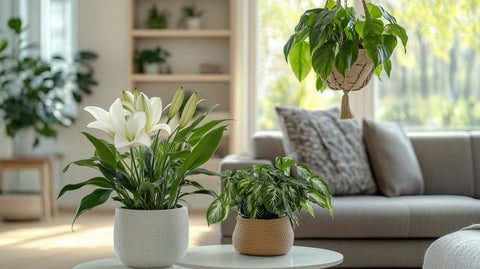

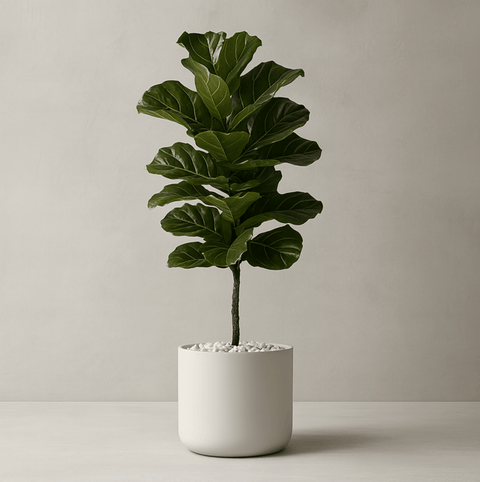
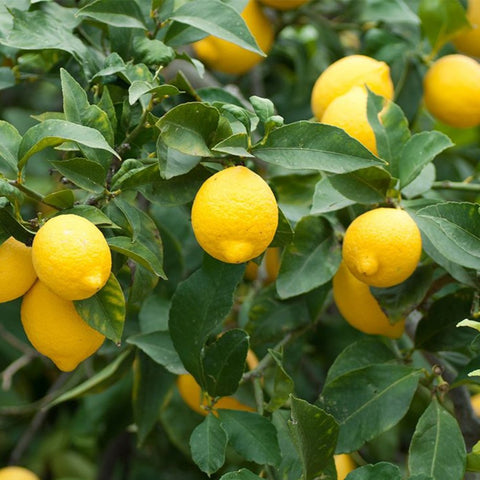
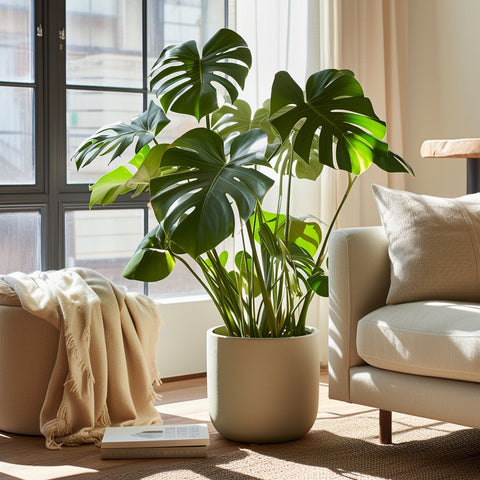
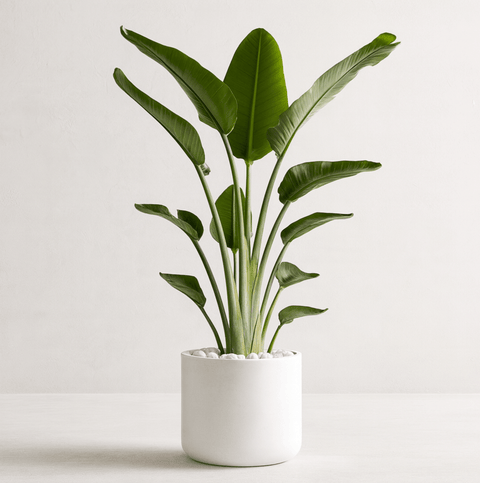
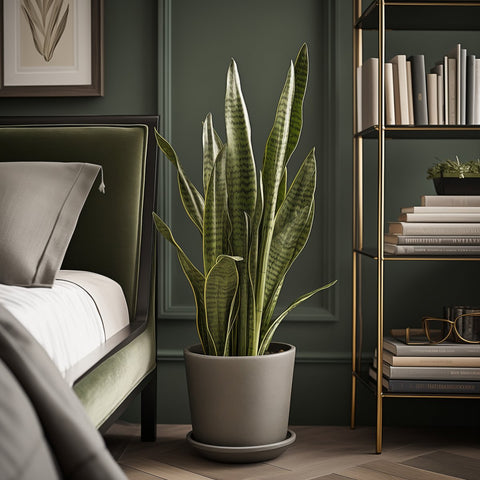
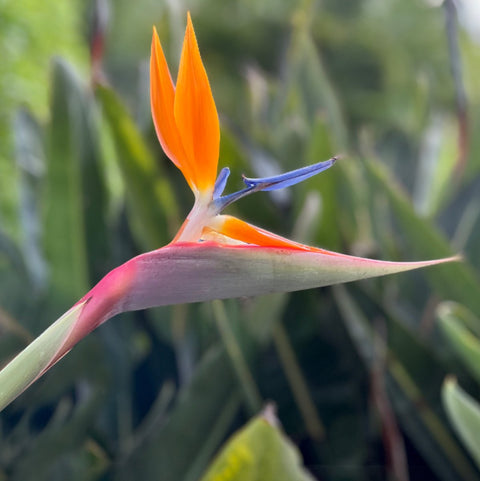
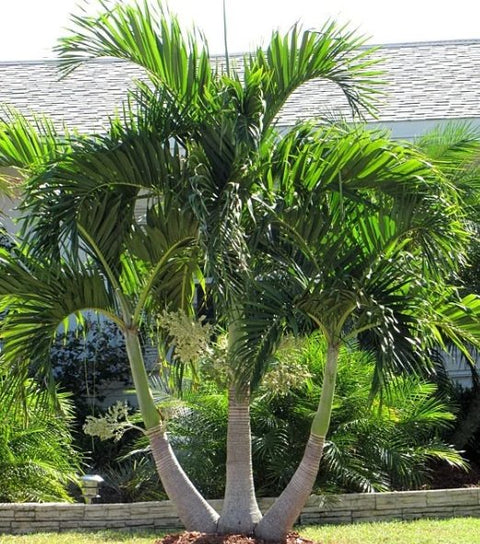
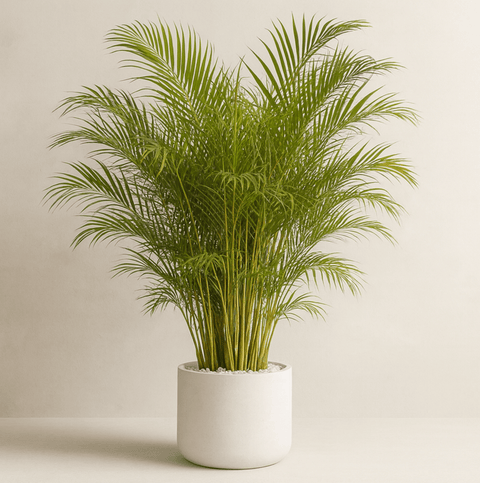

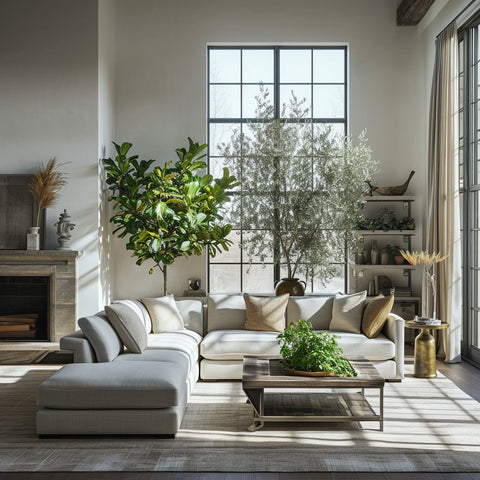
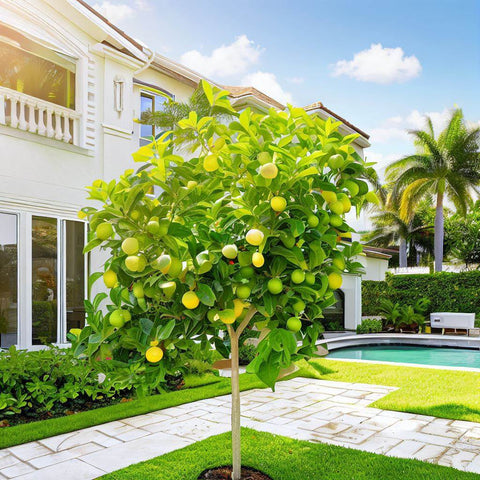



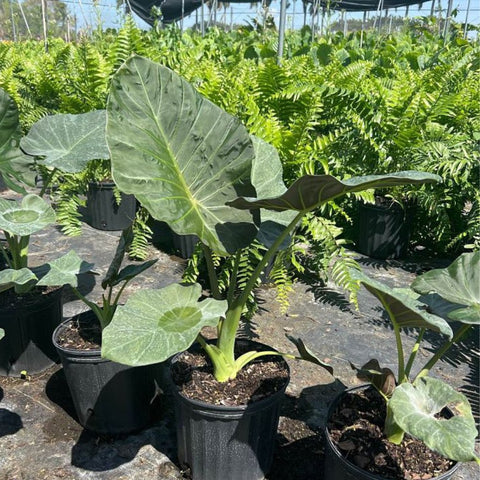
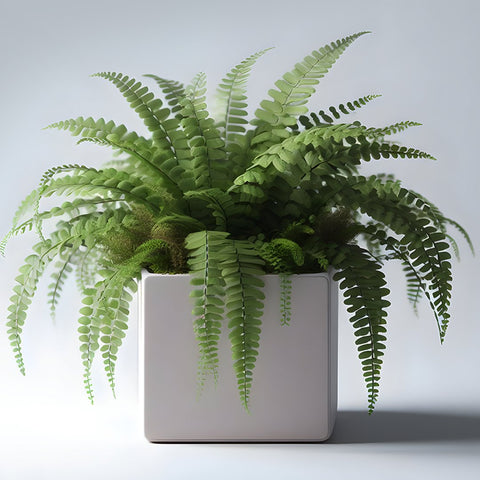
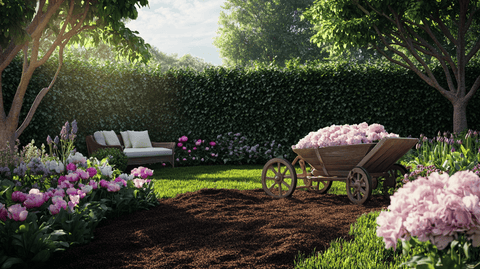
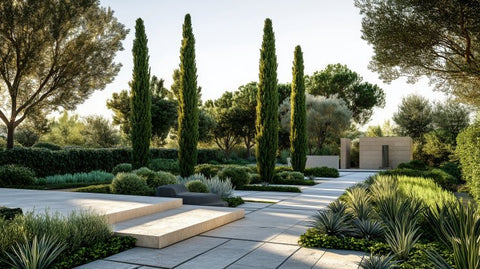

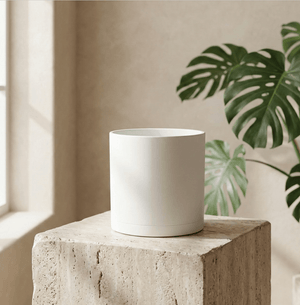
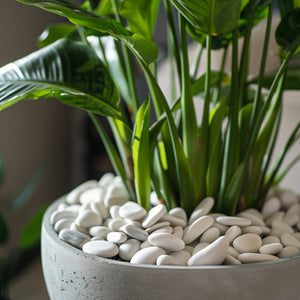
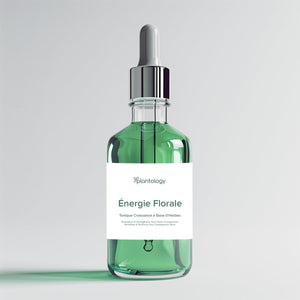
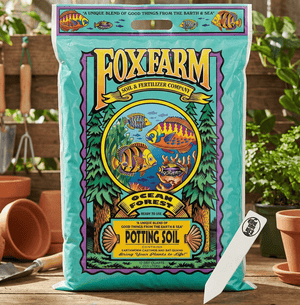
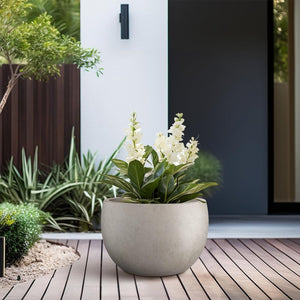



Comments (0)
There are no comments for this article. Be the first one to leave a message!